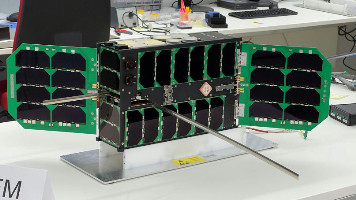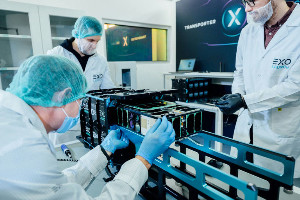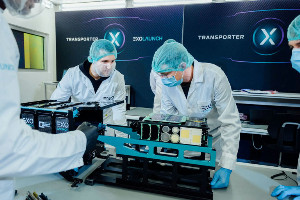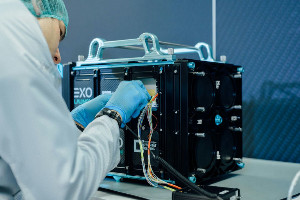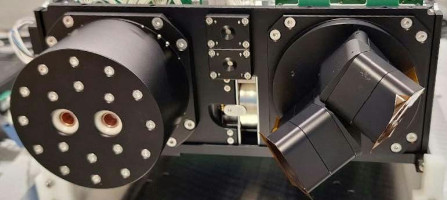| Satellite name | SONATE-2 |
|---|---|
| Spacecraft type | CubeSat |
| Units or mass | 6U |
| Status | Operational (4S 2024 paper as of May 2024) |
| Launched | 2024-03-04 |
| NORAD ID | 59112 |
| Deployer | EXOpod Nova 12U/16U [Exolaunch] |
| Launcher | Falcon 9 (Transporter-10) |
| Organisation | University of Würzburg |
| Institution | University |
| Entity type | Academic / Education |
| Headquarters | Germany |
| Launch brokerer | Exolaunch |
| Oneliner |
Development and operation of a technology test satellite for highly autonomous payloads and artificial intelligence. |
| Description |
As part of the SONATE-2 mission, novel hardware and software technologies of artificial intelligence (AI) are to be verified in miniaturized format in earth orbit. By using such AI technologies, the satellite can independently analyze the environment and start autonomous recordings. Deep learning plays a special role as a versatile image processing tool. In addition to the classification of targets already known at the start of the mission, the payload should also have the option of on-board training for the detection of anomalies as previously unknown objects or phenomena. The mission objectives of the SONATE-2 satellite can be divided into three different parts:
On the education side, the mission will serve as a foundation for different aspects of the university aerospace and computer science engineering program. In the context of practical courses, theses or as student assistants, students can participate in the development of all subsystems of the space and ground segment, including the amateur radio payload and the technology demonstration payload. In the context of mandatory lectures and exercises on space operations every student will also be included in the operations of the satellite. The German Aerospace Center (DLR) offers a School Lab for high school students at the location of our external ground station in Neustrelitz, Germany. Besides experiments on space and satellites, the School Lab includes amateur radio contacts to the ISS under the supervision of licensed local radio amateurs, which they wish to extend to other satellites like in this cooperation with the SONATE-2 mission. The AI payload is a newly designed payload using powerful, but power efficient computing hardware and multiple optical sensors is VIS and IR. It is capable of not only the execution of neural networks but also their training in orbit. Applications include autonomous classification of images on the pixel-level, object detection and anomaly detection. Besides the amateur and educational mission parts, the SONATE-2 mission also has a research objective for the demonstration of novel artificial intelligence technology in the space environments. While the AI payload is mainly operated using a separate up/downlink in the space operation service in S-band, the satellite bus and the amateur payloads are operated in the amateur service. Housekeeping telemetry in the amateur service also contains status information of the non-amateur payload |
| Results | |
| Sources | [1] [2] [3] [4] [5] [6] [7] [8] [9] [10] |
| Photo sources | [1] [2] [3] [4] [5] [6] [7] |
| Keywords | Propulsion |
| On the same launch |
|
Last modified: 2024-05-26



